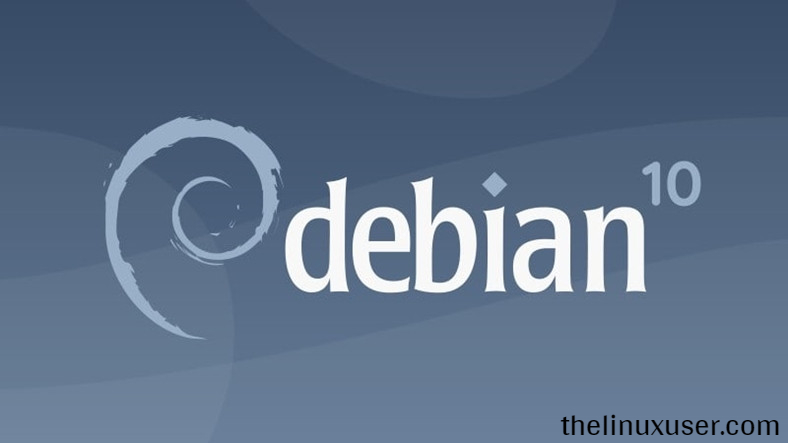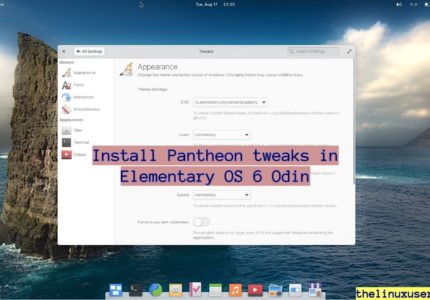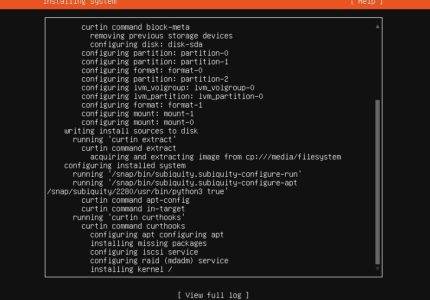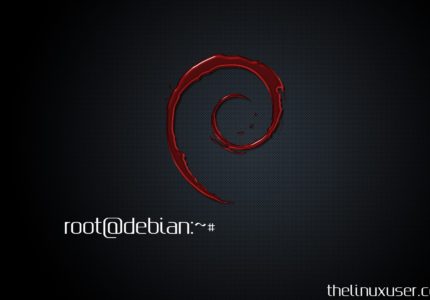Debian is one of the oldest Linux distribution started back in 1993 by Ian Murdock. It is one of the most stable distribution and constitutes the base of several other popular distributions like Ubuntu, Linux Mint, Elementary OS, Deepin etc. Debian 10 code named Buster was released recently with the 5 years of support. If you are still using Debian 9, it’s time to upgrade to Debian 10.
What’s new in Debian 10 ‘Buster’
Debian 10 comes with many improvements. Many packages have been updated and some of them have been removed from the distribution. LiberOffice, Calligra and GNUcast has all been upgraded to their latest versions.
Debian 10 ships with multiple desktop environments – GNOME 3.30, KDE Plasma, LXDE / LXQt, Mate and Xfce.
Buster now supports installation on most PCs with Secure Boot enabled.
AppArmor is enabled by default which is a mandatory access control framework limiting program’s capabilities.
GNOME now uses Wayland display server instead of Xorg. Reason being Wayland has modern look and comes with better security. Xorg is still packaged and you can switch if you want.
You can read the complete list here.
Back up your system
Note : This article assumes you are currently using Debian 9 Stretch.
It is strongly recommended to back up your system before upgrading to Debian 10. Most likely the upgrade will be smooth and you won’t see any problem but there is no harm in preparing for the worst!
It’s also advisable to keep a live CD ready to rescue your system in case of a failure.
Update your current system
Before we jump to upgrade to Debian 10 Buster, lets upgrade the current release to its latest point release.
Open terminal and run below commands
apt-get update
apt-get upgrade
apt-get dist-upgrade
Space check
Before proceeding with the actual upgrade to Debian 10 Buster, you should verify if there’s sufficient free space for the installation. You can get an estimate using apt command.
apt -o APT::Get::Trivial-Only=true full upgrade
The installation resources are downloaded into /var, make sure it has sufficient free space too. If not, you can clean it up or move the files to some other location for the time.
Update source-list file
Before upgrading to latest release, you must update the source-list file. Open the sources.list file under /etc/apt using any text editor and change all reference of ‘stretch’ to ‘buster’. After updating, the content of the file should be something similar to below
deb http://deb.debian.org/debian buster main
deb http://deb.debian.org/debian buster-updates main
deb http://deb.debian.org/debian buster/ main
Upgrading to Debian 10
Minimal system upgrade
Debian community suggests a 2-step upgrade process where you do a minimal system upgrade first and then the main part. Minimal upgrade removes any conflicts and upgrade packages which can be done without any other package’s removal.
apt-get upgrade
Full Upgrade
Once the minimal upgrade is complete, run the below command to upgrade to Debian 10 Buster. This step install latest version for all packages and resolves any dependencies. It also removes any obsolete packages.
apt full-upgrade
Once done, reboot your system.
You can verify the OS release version afterwards using below command
lsb_release -a
No LSB modules are available.
Distributor ID: Debian
Description: Debian GNU/Linux 10 (buster)
Release: 10
Codename: buster
The latest stable release of Debian is 10.1 which was released on September 7th, 2019.
Wrapping Up
Debian is one of the most stable distribution with very minimal maintenance. It may come on the cost of cutting edge updates but in circumstances where stability is important than some new features of an application, Debian serves very well. If you are still running Debian 9, it’s time to update to Debian 10.
Let us know if you face any issues.





